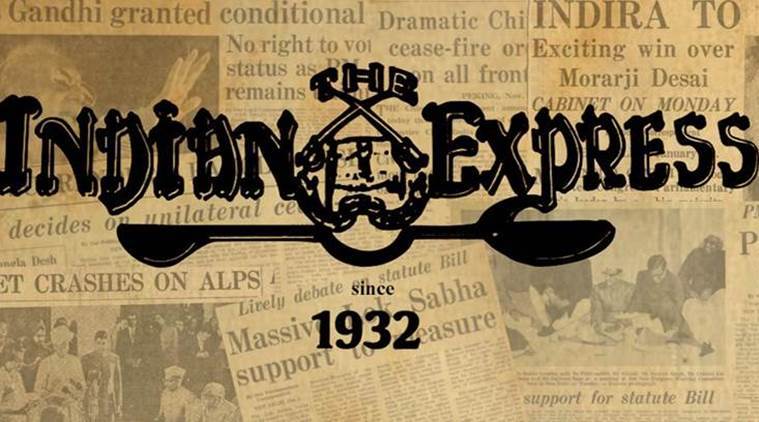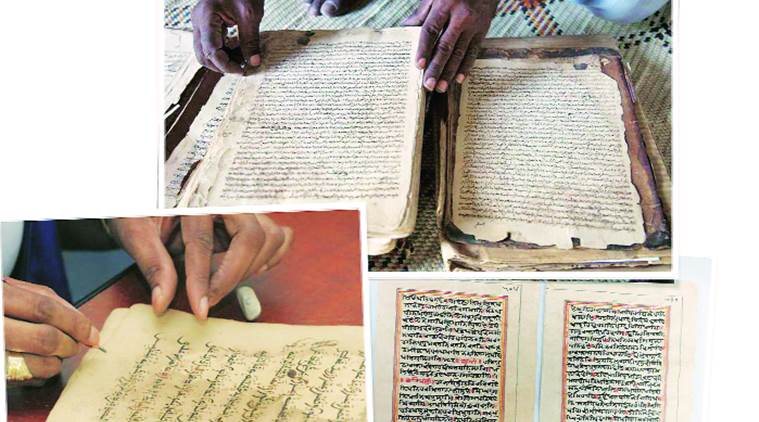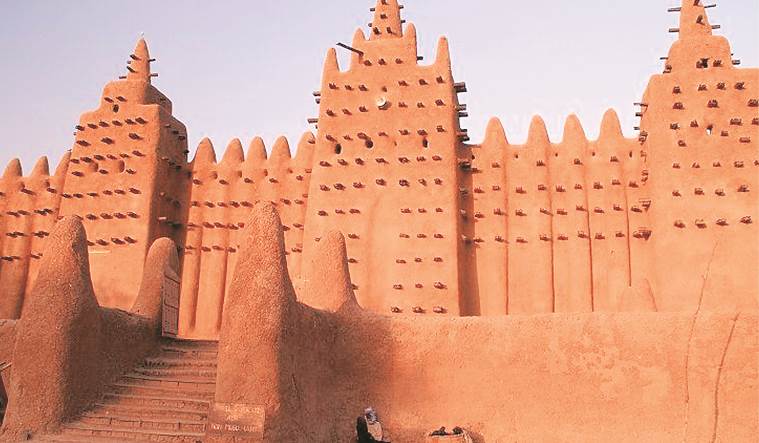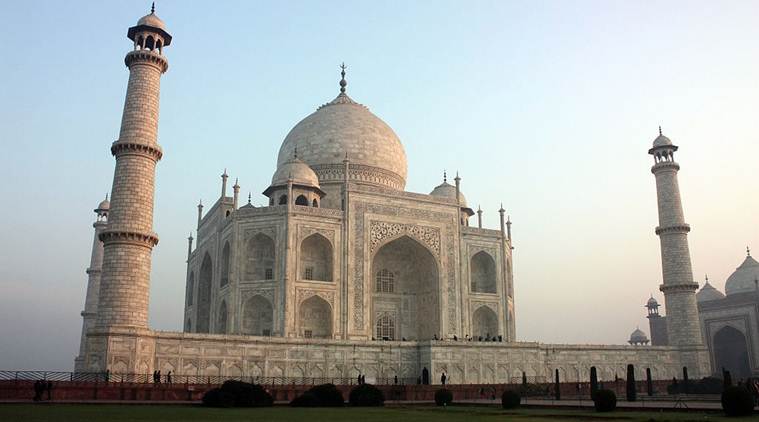Philip Roth, “El novelista más dotado” | Cultura | EL PAÍS
![]()
Philip Roth (derecha), con Robert Lowell y Richard Ellmann en 1960 en Nueva York. En vídeo, perfil de Roth. AP / VÍDEO: EPV
OPINIÓN
Philip Roth, “El novelista más dotado”
Notas sobre 'El oficio: un escritor, sus colegas y sus obras'

Philip Roth (derecha), con Robert Lowell y Richard Ellmann en 1960 en Nueva York. En vídeo, perfil de Roth. AP / VÍDEO: EPV
Philip Roth dejó de escribir cuando le dio la gana, es decir, cuando ya no tenía ganas de escribir; consideraba que ya era hora, y ahora ya es pasado todo, ya es pasado también el Nobel que no le dieron, y su escritura está fijada en el tiempo como un estilete, o como una navaja, en la garganta de la humanidad conforme, en Estados Unidos y en cualquier parte. Martin Green, al principio de una recopilación de algunos de sus grandes textos, decía que era “el más dotado de los novelistas” de su época, que traducía “su inteligencia y sus sentimientos a los términos específicos de la ficción seria, con más firmeza que Bellow, más riqueza que Mailer, más paciencia y firmeza y gusto y tacto que cualquier otro”.
Y continuaba Green en ese libro de recopilaciones que todo eso que afirmaba tenía un soporte, el hecho de que el propio Roth, como escritor, era “un lector serio”. Muchos lectores serios hay por el mundo, y no todos son novelistas, y muchos novelistas, serios como él, son o han sido serios lectores, pero no todos han sido, además, visitantes de los colegas de los que aprendió y con los que, en cierta medida, compitió en vida. El otro regalo que deja Roth, aparte de sus novelas, es que él sí visitó las literaturas ajenas y dejó testimonio de ellas en revistas y en recopilaciones, como este libro que tengo ante mí y que tradujo para Seix Barral Ramón Buenaventura, el más asiduo visitante de su literatura: El oficio: un escritor, sus colegas y sus obras (2003, en español).
En ese libro aparecen sus encuentros o entrevistas con maestros suyos, como Bernard Malamud o Saul Bellow; conversa con Milan Kundera o con Primo Levi, se encuentra en Jerusalén con Aaron Appelfeld, habla en Nueva York con Isaac Bashevis Singer acerca de Bruno Schultz, muestra sus cartas con Mary McCarthy y establece con Edna O´Brien, en Londres, un perfil que parece la entrada en la cueva de un alma.
En todos esos casos, el escritor que puso en pie el sentido del humor, la ironía descarnada de los judíos, y que hizo del sexo un argumento de los retratos de ficción, se pone el uniforme variado del periodista y le arranca el alma a sus interlocutores, como quiso hacer Rudyard Kipling cuando se encontró con su admirado Mark Twain.
Como periodista, el novelista más dotado de su generación, al decir de Martin Green, Roth utiliza las armas de su cultura literaria, de sus lecturas, pero no desdeña su propia escritura, para indagar en el método de las distintas literaturas a las que se enfrenta. Pero el novelista siempre lo asalta, le da argumentos para la descripción de los personajes, hasta alcanzar las cotas que el periodismo le debe a la literatura cuando aquel no se ajusta solo a las obligaciones de la superficie. Quizá en ese sentido la descripción que hace de Bernard Malamud es ejemplar para los que cultivan el oficio de retratar. Escribe Roth de su veterano colega: “El hombre de 46 años que conocí en casa de los Baker, en Monmouth, Oregon, en 1961, nunca me dio la impresión de haber podido escribir semejante texto [hablaba de textos recogidos en El barril mágico], ni ninguno parecido. A primera vista, y para alguien que, como yo, se ha criado entre agentes de seguros, Bern tenía toda la pinta de pertenecer a ese gremio: podría haber pasado por uno de los que trabajaban con mi padre en su sucursal de Metropolitan Life”.
Cuando va a Turín en busca de Primo Levi quiere ver antes la fábrica de pintura en la que prestaba sus servicios técnicos el hombre atormentado por los nazis; a Milan Kundera se lo encuentra en París y en Londres, en 1980, y esta es la primera pregunta que le hace al escritor menos locuaz del mundo: “¿Cree que llegará pronto la destrucción del mundo?” A lo que ese escritor de la risa, la levedad y el silencio le responde: “Depende de lo que entienda usted por pronto”.
Este libro es un tesoro que habla de Roth, no tan solo de sus colegas; en su manera de escuchar el sonido de los otros, del semblante que muestran o de las contradicciones entre sus obras y sus vidas, se pueden encontrar datos para el perfil de este hombre que, en estos casos, escucha como él escuchó a Primo Levi. Al describirlo, Roth parece mirarse en su propio espejo como novelista a tiempo completo y como periodista accidental: “Hay algo que no debería resultarnos tan sorprendente como en principio parece, y es que los escritores dividen al resto de la humanidad en dos categorías: los que escuchan y los que no escuchan”. Levi escuchaba, decía Roth, “con todo el rostro, una cara modelada con verdadera precisión”.
La cara de Roth era una piedra a medio hacer, un ser humano escuchando, un mago de la ficción escribiendo, una especie de puño asilvestrado que llevaba la boca fruncida como si al tiempo que escuchaba se guardara para sí lo que luego sería la escritura que se estaba callando. En este libro que seguramente se considerará accidental encontrarán un tesoro los que ahora busquen saber qué hizo a Philip Roth el novelista más dotado de su tiempo. Se hizo escuchando, entre otros, los latidos del oficio.
































 A mud structure that is typical of Timbuktu
A mud structure that is typical of Timbuktu
 Nimbus 103
Nimbus 103
 A snow leopard photographed by Latika Nath.
A snow leopard photographed by Latika Nath.


 Nitin Chandrakant Desai.
Nitin Chandrakant Desai.

